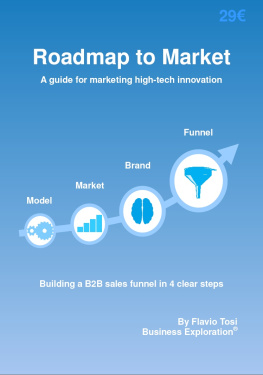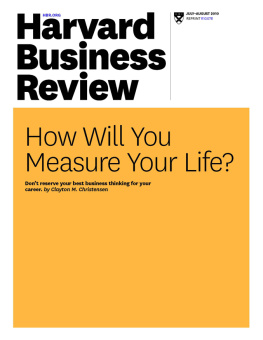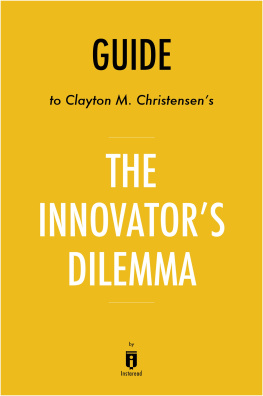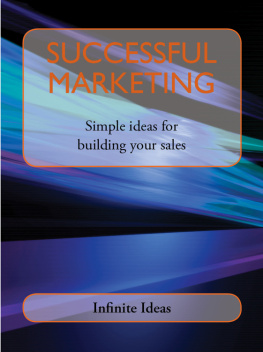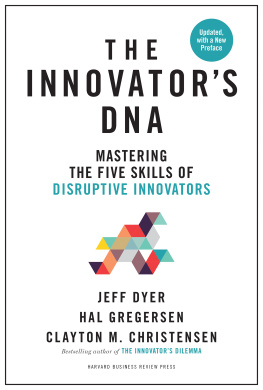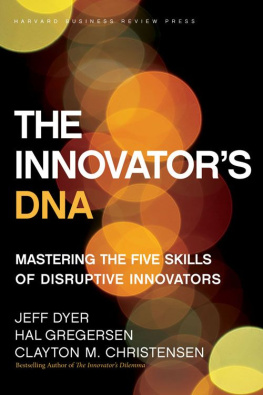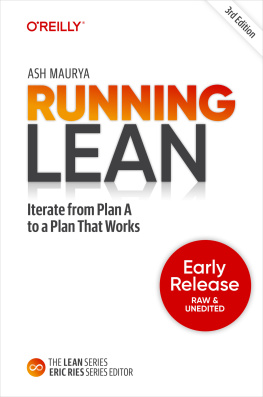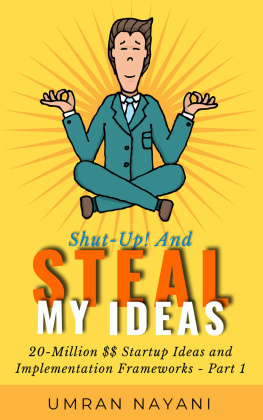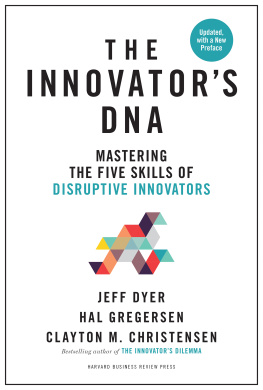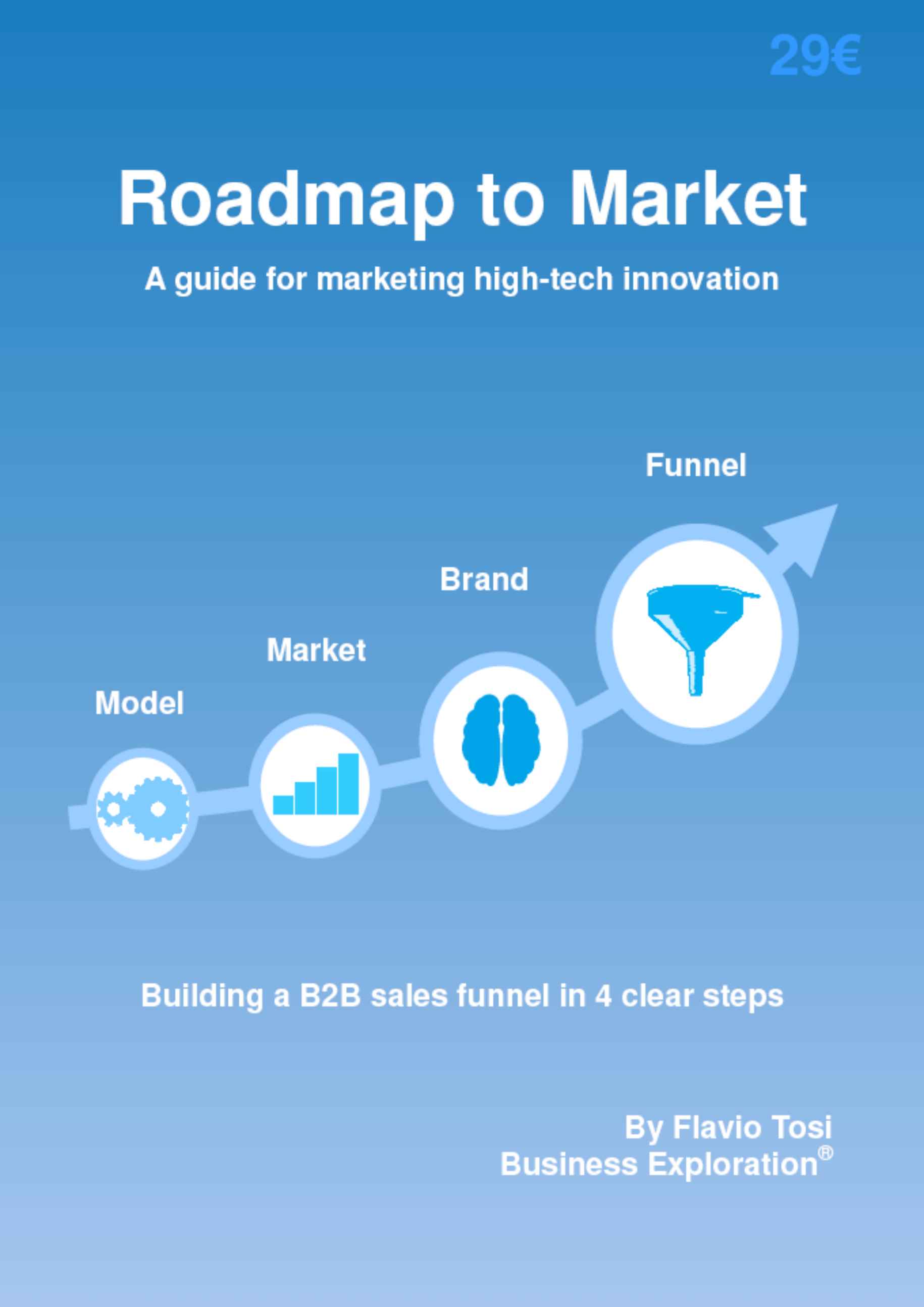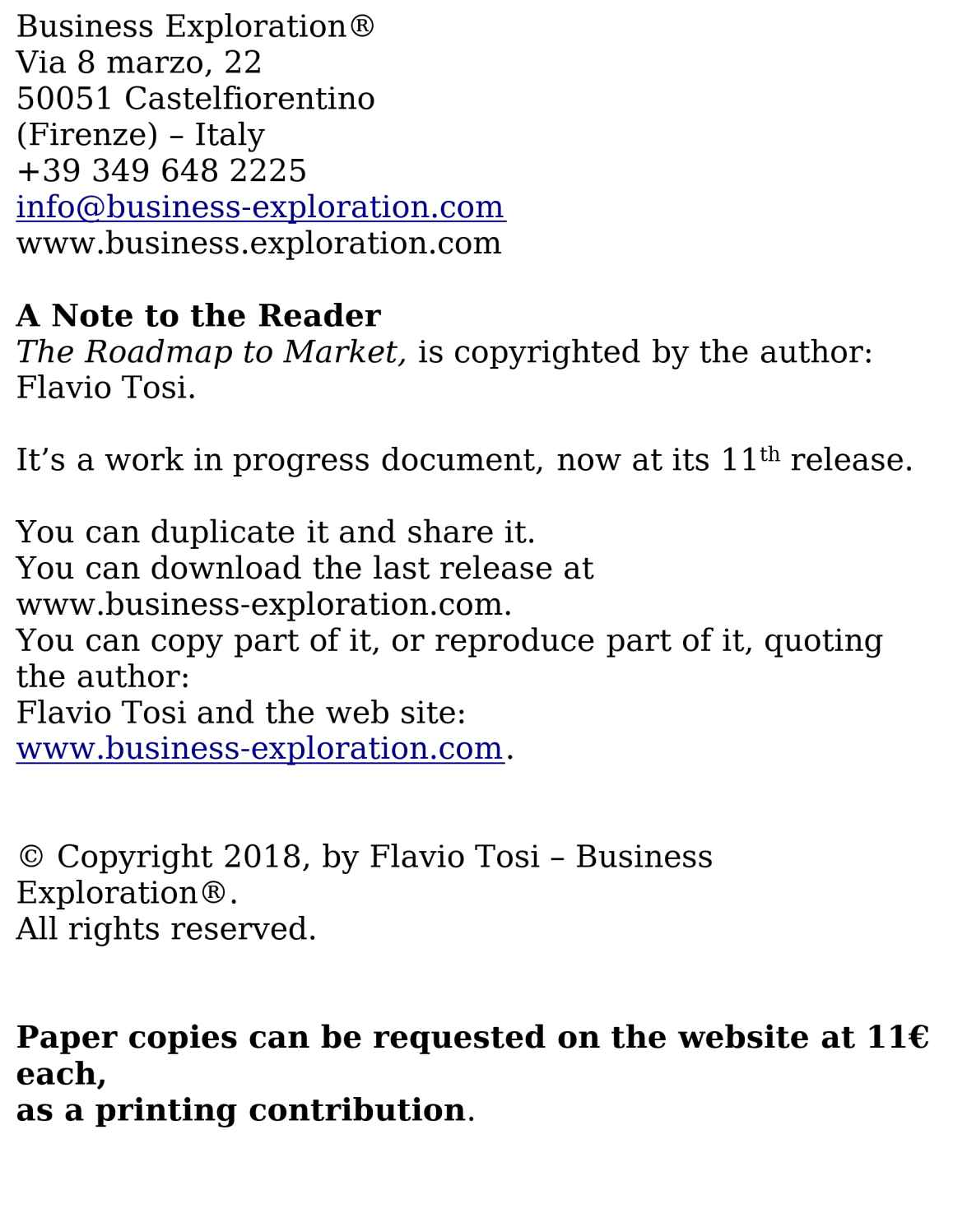If you just had a brilliant idea for your next product or service, probably now you are asking yourself if:
Someone takes this decision just by gut feeling. I envy them a lot. I never understand if it is pure courage, insane madness or just a matter of faith.
What I know is that, statistically, more than nine out of ten of those guys fail miserably. And not many of the remaining can sing hurrah! as master of the markets.
Probably for this reason, Companies that survive recessions, wars, and technology decay have developed guiding principles and techniques to identify and assess the variables involved in this risky decision.
But when I started to look around for them, I found a mess of ideas and tools that confounded and embarrassed. Marketing means a lot of different things to different people, and probably for this reason is a word that has no translation in any language, even its own.
I needed something workable. As you do. I found it when I decided to stop search for tools and methodologies capable to give answers and started concentrating on Questions.
The right ones.
And here they are. A list of questions that will guide you in finding all the elements you need to reduce the risk of failure of your next business venture and maximize the chance to make it accepted to the right customer.
Following this Roadmap to Market You can be comfortable to touch most ( if not all ) the key points in taking the final decision. How You answer each question of the Roadmap is up to you. Can be a simple consideration taken around a coffee with a friend, or a complex statistical study commissioned to top International agencies. But I assure You (for having tested it for years in General Electric as Marketing Manager and as a Business Consultant thereafter) that the Roadmap is complete and lean. It will keep You on track and build the understanding of the market in order to make the right decision.
Then, to make that decision, You will need a bit of gut.
But this is up to You.
Introduction: innovating, and not: innovation.
This book is about innovating, not about: innovation.
More precisely, it tries to help a good idea hit the market and get sold.
This part of the innovations journey, the one that goes from when an idea has been invented (found, identified) to when it becomes adopted and creates value, is not really well documented in literature.
Is just since few years (since 1997, precisely) that Clayton Christensen has described the path of innovation to market and has characterized some typical routes that are made by the successful ones.
Failing to understand the differences among those paths, when they should alternatively pursued, and why making the wrong choice leads to failure, causes to most of the Innovators to waste time and resources.
The questions collected here should help you to decipher the circumstances in which you are and make the right decisions about whether and how to proceed toward the market.
But when we do innovate?
Innovation is: a new way to reach a goal. I found this definition about innovating in a paper of Benoit Godin, of INRS Canada, who explained how the concept of innovation evolved in time.
It started meaning: Change (of the established behaviors of the user who will adopt the invention), then it added: Rupture (with the past, not just detaching from it, but more profoundly destroying it, to achieve a new and diverse status) and lately, in the past few centuries, the word innovation has been connoted with 2 modern elements: creativity and utility.
Today we assign to an invention ( the combining of elements that creates a new value) the status of innovation only if the invention brings-in an utility.
Utility involves both an adoption by a Customer ( a change in his behaviors) and the ability of the invention to be marketable (capable to generate an exchange of value).

Under this light it becomes clear that the starting point of any innovating attempt is in the Customer. Without him, there is no Utility.
This is why this book starts with the question: Do you have a Customer?
There are only two the options:
1) or you do have a Customer: you have an idea about who is him, and you already bargain with this fellow.
2) or you have no idea at all, and you have to hope to find him.
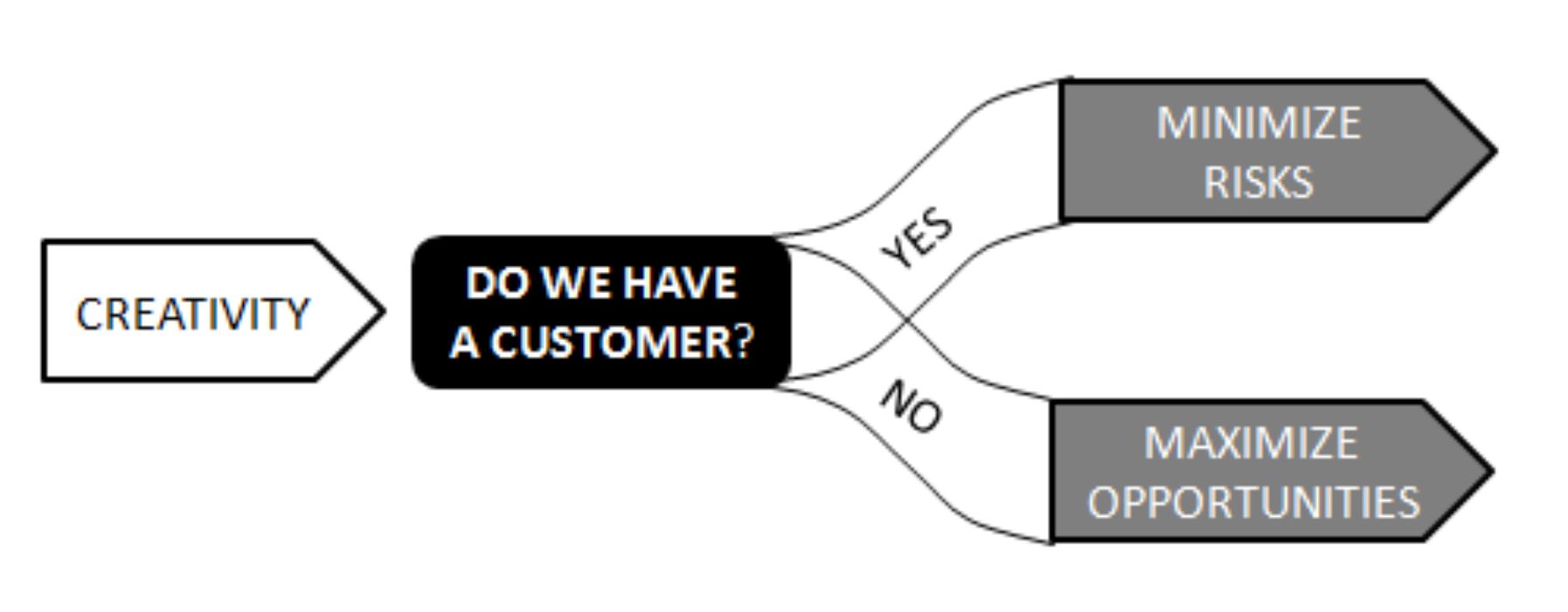
This entitles to two different kind of problems:
In the first case your task is to minimize the chance of failure for your investments.
There is a huge set of best practices that companies around the world have collected in order to make the initiative of bringing a new idea to existing Customers, safer.
The second option is more tricky: because the only way to discover your Customer is to try. Learn your way to him by trial and error, being ready to change your path when a better way is encountered. In other words is a matter of experimenting: maximize the opportunities to learn, while using the minimum amount of money and avoiding the chains that can tear down your flight.
These two courses of action seems self-evident. And in reality they are equally viable in principle. What Christensen has highlighted, has been that there are precise circumstances that indicate when each one is worth to be pursued.
Failing to identify them may lead to dead-ends, fighting against wind-mills, struggling with resources, find yourself alone half the way etc.
The Roadmap to Market will try to guide you to the right path, and help you identify all the signs that lead to success.
Summary:
The Roadmap to Market aims at collecting all the information you need, to answer to 3 basic questions:
1) Is there a Client for my idea?
2) if Yes, can I minimize the risk of failure for my new product or Service?
3) if No, can I maximize the chances to find the right one?
The First Question will help you recognize the signs to the right Road to market, avoiding dead-end paths that have been proven (by others failure) to have the lowest chances of success if any.
The Second one is aimed at planning the route you should take if you own the Clients and you just want to beat competition and leverage your competitive position to get the most out of your idea, with the lowest chances of failure. To do so you need to answer 4 basic questions: Is my product: Appealing? Accessible? Marketable? Profitable? In the 2 nd Part of the book you find the right hints to answer.

